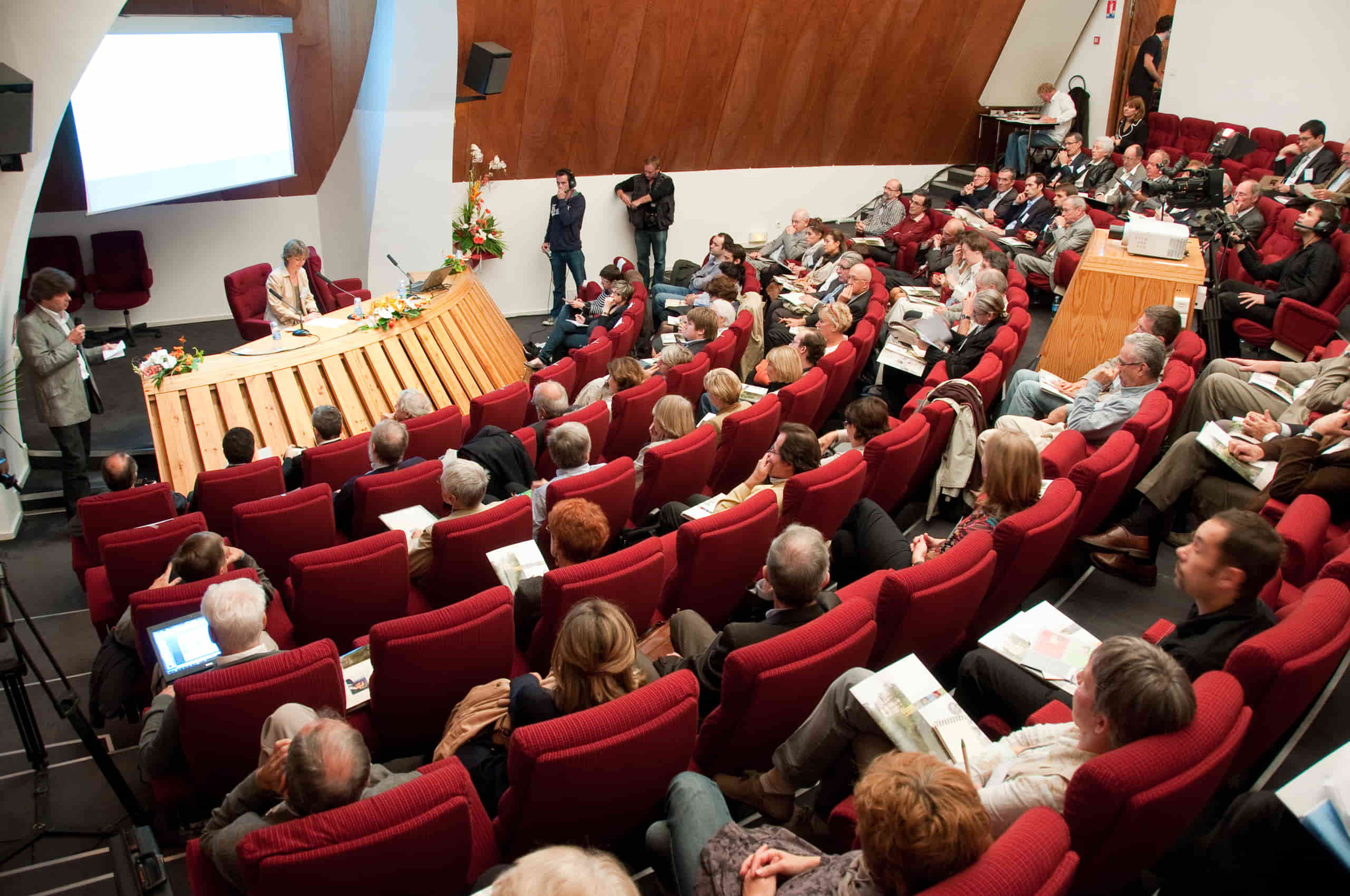Soutenance de thèse :
Deciphering the mechanisms of cold adaptation when Listeria monocytogenes uses food unsaturated lipid
Food-borne infectious diseases, especially listeriosis with its high case fatality rate, remain a real public health problem. Being ubiquitous and psychrotrophic, Listeria monocytogenes is frequently found in food environments (raw materials, production chain), and can contaminate numerous foodstuffs, such as ready-to-eat products (RTE). For RTE products, refrigeration is the main method for controlling pathogen growth and guaranteeing product food safety. A previous study performed in our laboratory showed that several strains of L. monocytogenes can incorporate exogenous fatty acids into their membranes, modifying their ability to grow at low temperature. Saturated fatty acids (SFA) limit growth, while unsaturated fatty acids (UFA) promote it. This ability could question new trends in reformulating food with unsaturated fatty acids to fit with nutritional claims that could increase the risk of listeriosis in lipid-rich refrigerated products. In this context, this work aimed at understanding the behavior of L. monocytogenes at low temperatures in fatty acid rich environments. First, we characterized, genotypically and phenotypically, Lm208, the strain that has shown the highest growth rate at low temperatures in the presence of oleic acid in the preliminary study. The genome was sequenced, annotated, and enriched. We then completed the phenotypic characterization by evaluating the behavior of L. monocytogenes in the presence of different FA according to their structure (chain length, unsaturation). UFA inducing, after incorporation, a membrane phospholipid melting temperature between 18 and 23°C (18 carbon UFA) enabled the greatest increase in Lm208 growth at low temperature. Secondly, we performed non-targeted and targeted transcriptomic studies to study the gene expression related to the observed phenotype. Global RNA‑seq analysis over four conditions (growth with or without oleic acid supplementation at 5°C and 37°C) enabled us to select the genes involved in this overgrowth phenomenon. RT‑qPCR analysis was then carried out on the targeted genes, enlarging the range of culture conditions tested. Among the genes of interest, fabK, involved in the fatty acid biosynthesis pathway, and cheY and flaA, involved in flagellar mobility and assembly, were respectively over- and under-expressed in the presence of UFA or SFA. The differential expression of fabK could be linked to the regulation of the UFA versus SFA biosynthetic pathway. The presence of very long and numerous flagella in the presence of UFA at low temperatures was observed by transmission electron microscopy. This remarkable phenotype could be involved in the ability of L. monocytogenes to form biofilms and persist in production environments.
Mots clés : Listeria / Overgrowth / Exogenous fatty acid / Low temperature / Transcriptome analysis / Membrane composition
Membres du jury :
-
Nabila HADDAD, Assistant Professor (HDR), ONIRIS
-
Michel HÉBRAUD, Research director, INRAE (centre Clermont-Auvergne-Rhône-Alpes)
-
Nadia OULAHAL, Professor, Université Claude Bernard Lyon 1
-
Pascal PIVETEAU, Research director, INRAE (centre Bretagne Normandie)
Encadré par :
Encadré par Florence DUBOIS-BRISSONNET (Professor, AgroParisTech)
Co-encadré par Maud DARSONVAL (Assistant Professor, AgroParisTech)




